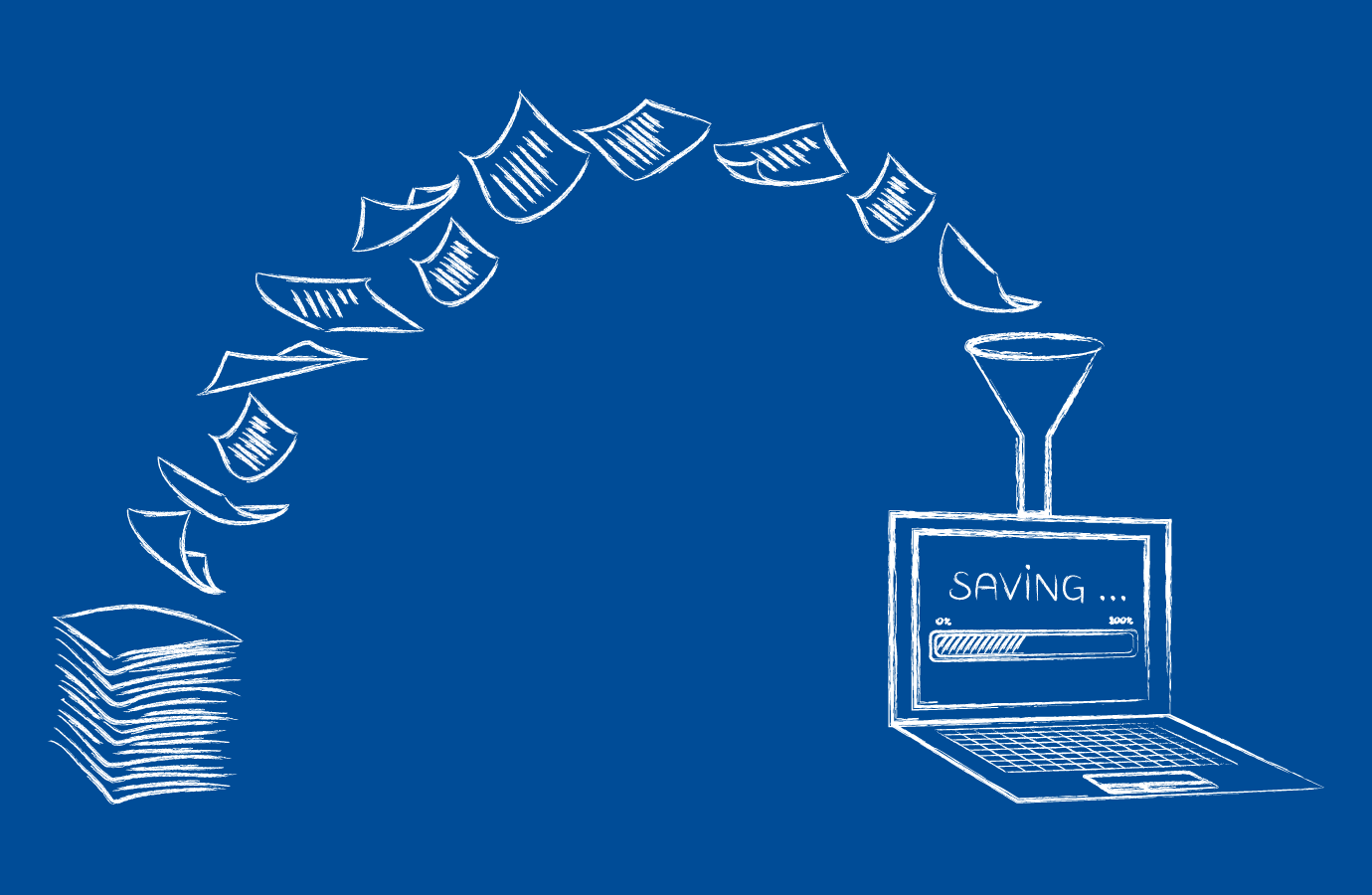Most organizations don’t understand the impact that paper can have on their bottom line. More often than not, the financial benefits of reducing paper are calculated solely by including savings related to the paper only, failing to account for money saved due to a proportionate reduction in the costs related to the management of that paper. Some organizations are aware of elements of these downstream costs, but they lack a mechanism to quantify them, while others likely have more pressing things to worry about.
And let’s face it – paper just isn’t all that glamorous. The environmental and sustainability policies of companies aren’t often top-of-mind for consumers in making the purchasing decision. They want innovative and tailored products, and this is where the focus of executives has traditionally been. But along the ever-continuing journey to trim the fat, paper has increasingly found itself in the spotlight, driven by technological advances that reduce its need, the impetus to reduce cost and, to a lesser extent, the desire of companies to be seen as more environmentally conscious.
It’s one thing to quantify the savings from purchasing less paper – that’s the easy part – but calculating how much you can actually save by eliminating the need to photocopy, distribute, store, retrieve, and get rid of paper can be eye opening. It’s also worth noting that those savings – even if quantifiable – may be difficult to realize for individual business units, and thus, the incentive for most managers to care is lacking. Many organizations, particularly those that are larger in size, are left vulnerable to the inability to track and account for savings at an enterprise-level. The needed oversight to understand the aggregate paper savings achieved, and the realization of these savings as true benefits, is often not in place. However, this doesn’t change the reality that substantial benefits are nevertheless captured within the parameters of the enterprise, and hence, the senior leadership would be well served to understand how paper impacts their organization’s cost structures.
The first step in understanding the true cost of paper begins with understanding the Paper Lifecycle. It’s important to conceptually recognize that the costs associated with paper do not end when the paper is purchased from the vendor and shipped to the office. In fact, it has been uncovered that the cost of the paper itself makes up only a fraction (2-5%) of its fully loaded cost. It is the costs related to the other processes that paper is put through once it has reached the office that are commonly overlooked. As a rule of thumb, take the dollar value of the paper purchase cost, and multiply it by 20. That is approximately how much an organization is spending on paper.
The Paper Lifecycle, as we have defined it, includes six components:
- Procurement – The unit purchase cost of a single sheet of paper (includes delivery to location).
- Processing – The handling and processing of paper belonging to organization, including processes such as: photocopying, scanning, faxing, and printing.
- Distribution – The delivery of paper from organization or its partners to customers and vendors. Also refers to the disbursement of paper between departments and/or business units.
- Storage – The storage of processed and unprocessed paper either internally within organization or externally at a third party vendor.
- Retrieval – The retrieval of paper either internally from internal filing space or externally from a vendor.
- Disposal – The elimination of paper belonging to organization either by way of recycling or shredding.
The cost that paper incurs at each stage of this lifecycle can be approximated with reasonable certainty on a per-sheet basis through a combination of research, the analysis of existing service contracts, and the input of best practice assumptions. Put together in a logic model, the true cost of managing paper within an organization can be determined.
Granted, some paper is easier to reduce than others depending on its type, its weight, and how it’s being used. Many organizations will need appropriate systems and procedures to make paper reduction meaningfully occur, and adopting new practices may take some time. But when an organization is able to facilitate the change, it’s often a win-win: the environment benefits; and even with the associated costs of paper reduction programs considered, the company often generates savings it can give back to shareholders or customers.
For more information on the Paper Cost Calculator, check out this informative brochure.

Optimus SBR Celebrates 6 Consecutive Wins as 2024 Best Workplaces™ in Professional Services
Our commitment to a people-first approach has been central to being recognized in 2024 for the sixth time as one of the Best Workplaces™ in Professional Services and the key to our overall success.

12 Best Practices to Increase Cross-Team Collaboration and Enhance Organizational Alignment
Enhancing cross-team collaboration drives innovation, optimizes resources, improves overall performance, and ensures every part of your organization works toward the same goals.

Enhancing Your Data Strategy for Success: The Power of Metadata
Metadata goes beyond just aiding in data retrieval. It ensures your data is secure, compliant and, most importantly, understood consistently by everyone in the organization.

Optimizing Language Translation Strategies: Beyond Compliance to Enhanced Operational Efficiency
The introduction of Quebec’s Bill 96 in Canada underscores the necessity for comprehensive translation strategies. Integrating machine translation technologies helps meet regulatory requirements while enhancing translation speed, cost efficiency, and operational effectiveness.

How to Manage Gen Z: 16 Strategies to Engage and Retain Young Talent
These practical strategies lead to a workplace that is better aligned with the values and expectations of Gen Z employees, ensuring that your efforts to attract and retain Gen Z talent are both successful and sustainable.

How to Measure the Success of Learning and Development: 12 Important Metrics to Evaluate
Quantifying the success of L&D training programs can be challenging. Learn about selecting and measuring the right metrics to determine whether your training efforts are truly making an impact.



